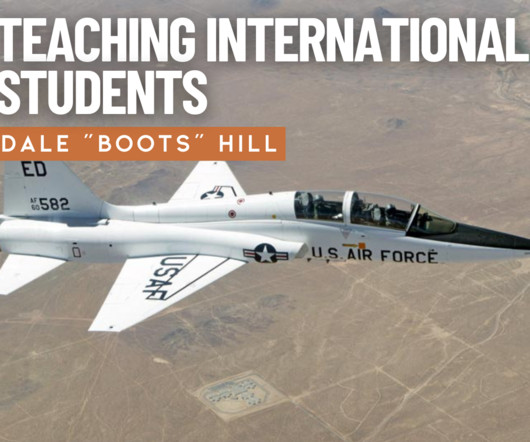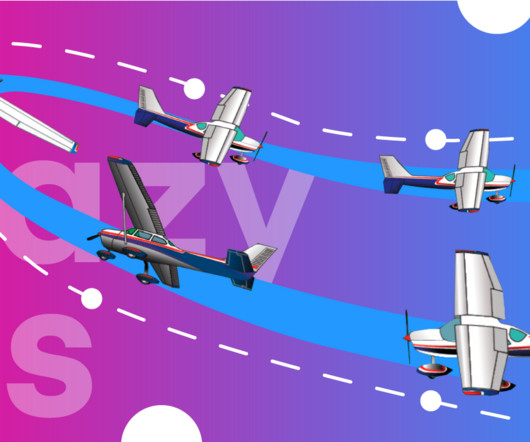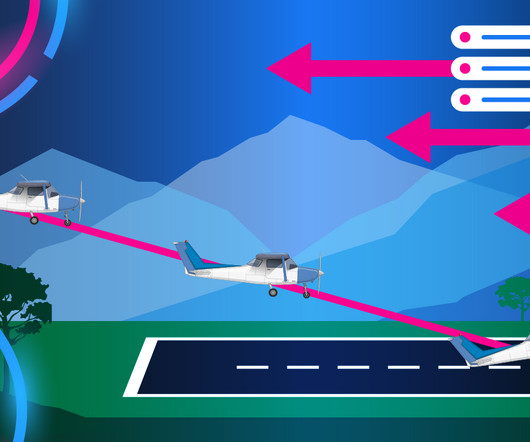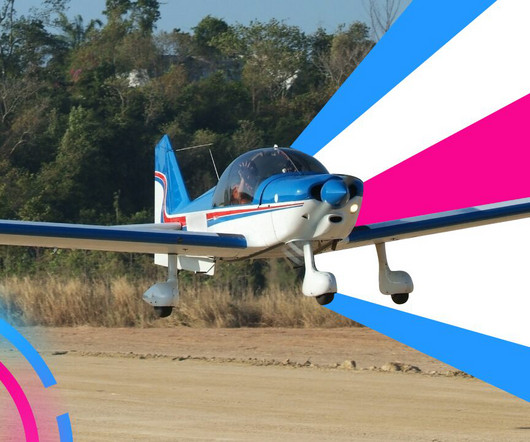Teaching International Student Pilots
Air Facts
MARCH 5, 2025
The power reduction, the induced drag of the level turn (2 Gs necessary to maintain level flight), and the parasitic drag of the speed-brakes slows the aircraft below the gear-limiting speed of 240 knots. from an unsafe approach. Ali executed a normal go-around, closing the speed brakes, and raising the gear and flaps.













Let's personalize your content